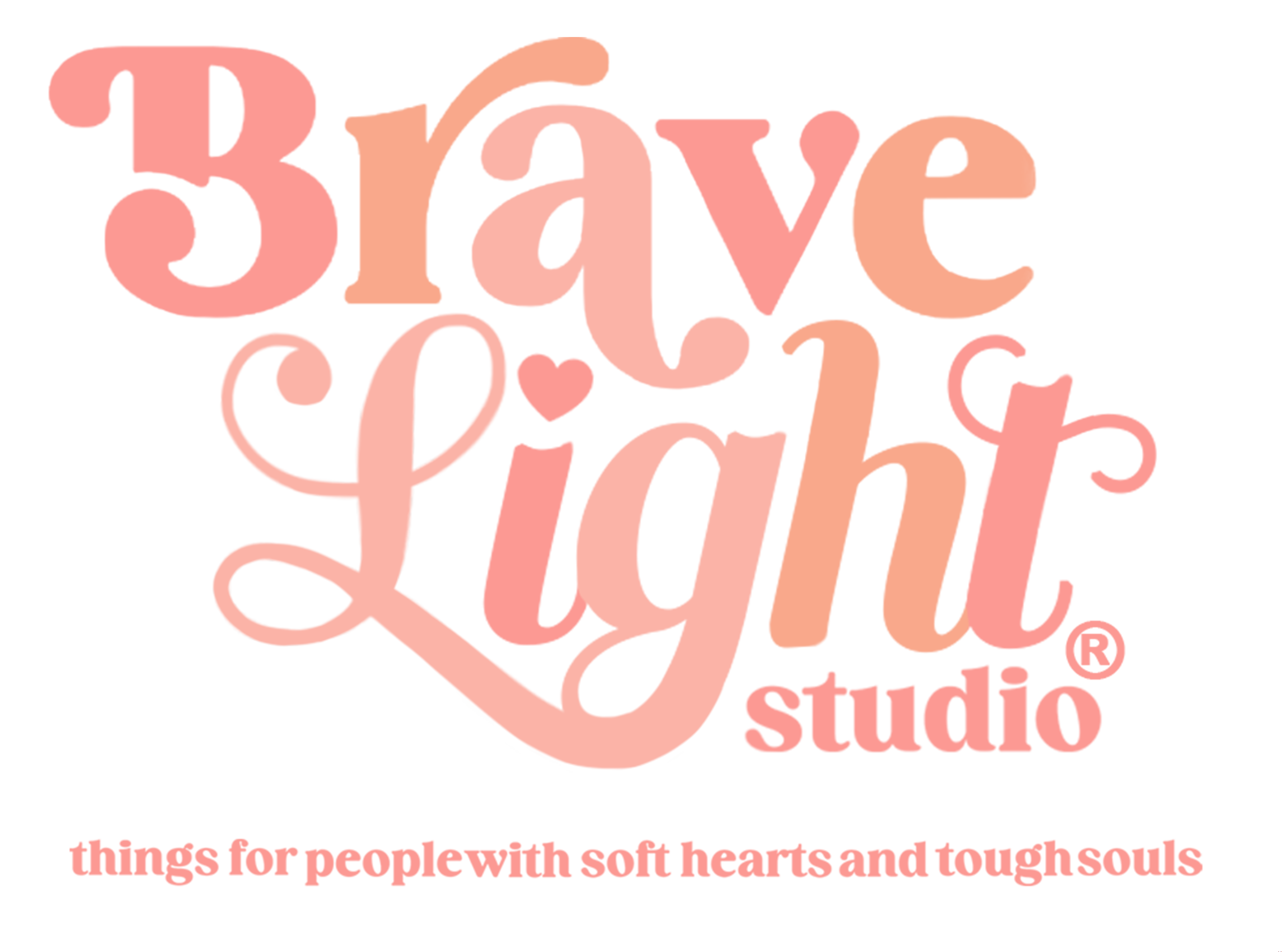Coloring Tutorial
In 6 steps, I'll show you how I go from a sketch to a fully-rendered children's book illustration. This tutorial is beginner-friendly, so don't be intimidated if you're new to the industry or don't normally paint. I am using Adobe Photoshop CC on a Wacom Cintiq 22 HD, but if you have any kind of tablet and painting software, you can follow along and get comparable results! Let me preface by saying there is no "correct" or "incorrect" way to illustrate, only styles, preferences, and workflows that are unique to the artist. This just happens to be mine. If you want to make changes to my 6-step process along the way, please do! That's part of the fun! I will be inserting my notes from the perspective of a commercial artist, and satisfying the client/author's needs. The illustration I will be using for this tutorial is part of a book I am currently illustrating for author Kristi Stalder titled "I Love You More" to be released on Amazon in Fall 2019.
